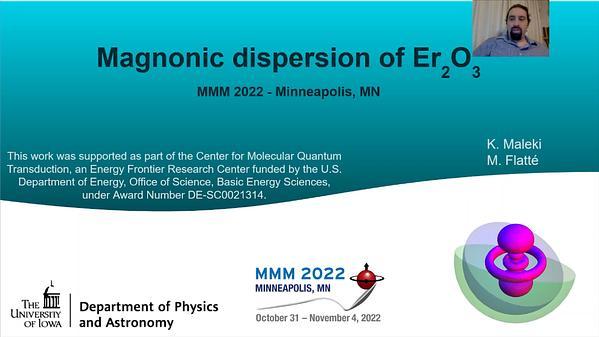
Premium content
Access to this content requires a subscription. You must be a premium user to view this content.

technical paper
Epitaxial growth of Sn doped Mn4N films and their magneto
Ferrimagnetic Mn4N (Fig. 1) is a promising candidate for various spintronics devices thanks to their small magnetization (Ms ~ 100 kA/m) and clear perpendicular magnetic anisotropy (Ku = 0.1 MJ/m)1. Ni-2,3 and Co-doped4 Mn4N films have magnetic compensation (MC) points. Using Ni-doped Mn4N films at the vicinity of the MC composition, our group demonstrated ultrafast domain wall motion (vDW = 3,000 m/s5) driven only by spin-transfer torque at RT thanks to the compensation. Additionally, In-doped Mn4N6 films show ferromagnetism. In this work, we focus on Sn-doped Mn4N (Mn4−xSnxN) film. Although the MC in Mn4−xSnxN bulks was reported at low temperature7, no studies have been reported on MC of Mn4−xSnxN films. Therefore, we fabricated Mn4−xSnxN epitaxial films and evaluated their properties.
25-nm-thick Mn4−xSnxN epitaxial films (x = 0.0–1.0) were grown on the MgO(001) substrates by plasma-assisted molecular beam epitaxy. Both the longitudinal and transverse resistivities (ρxx & ρxy) were measured with van der Pauw method at RT. The ordinary Hall coefficient (RH) was calculated from the slope of the ρxy-μ0H loops at high field regime. The anomalous Hall resistivities ρAH were derived by excluding the component of ordinary Hall effect from ρxy.
Fig. 2 shows the ordinary Hall coefficient (RH) and the anomalous Hall angle (θAH (= ρAH/ρxx)) of Mn4−xSnxN films as a function of Sn composition, x. xcc is the composition where the sign of RH reversed. It suggests that the dominant career-type changed from electrons (RH < 0) to holes (RH > 0) with increasing x. Moreover, the sign reversal of θAH was observed twice at the composition except xcc, indicating it was not caused by change in the career-type. Although similar results were also obtained in Ni-2, Co-4 and In-6 doped Mn4N, this was the first report that the multiple sign reversals of θAH were confirmed in Mn4N-based compounds. The origin seems to be the change of magnetic structures such as MC and ferrimagnetic-to-ferromagnetic transition.
References
1 T. Hirose et al., AIP Adv. 10, 025117 (2020).
2 T. Komori et al., J. Appl. Phys. 125, 213902 (2019).
3 T. Komori et al., J. Appl. Phys. 127, 043903 (2020).
4 H. Mitarai et al., Phys. Rev. Mater. 4, 094401 (2020).
5 S. Ghosh et al., Nano Lett. 21, 2580 (2021).
6 T. Yasuda et al., J. Phys. D. Appl. Phys. 55, 115003 (2022).
7 M. Mekata, J. Phys. Soc. Japan 17, 796 (1962).


